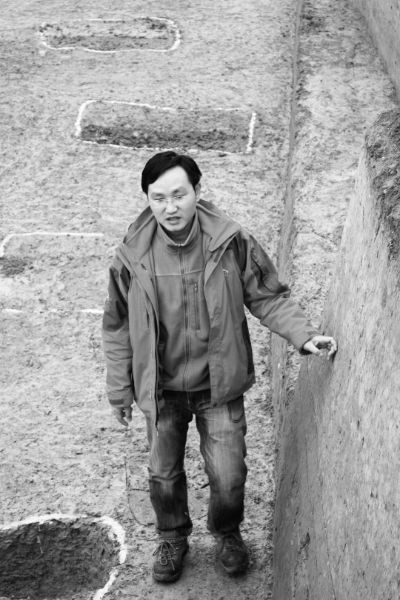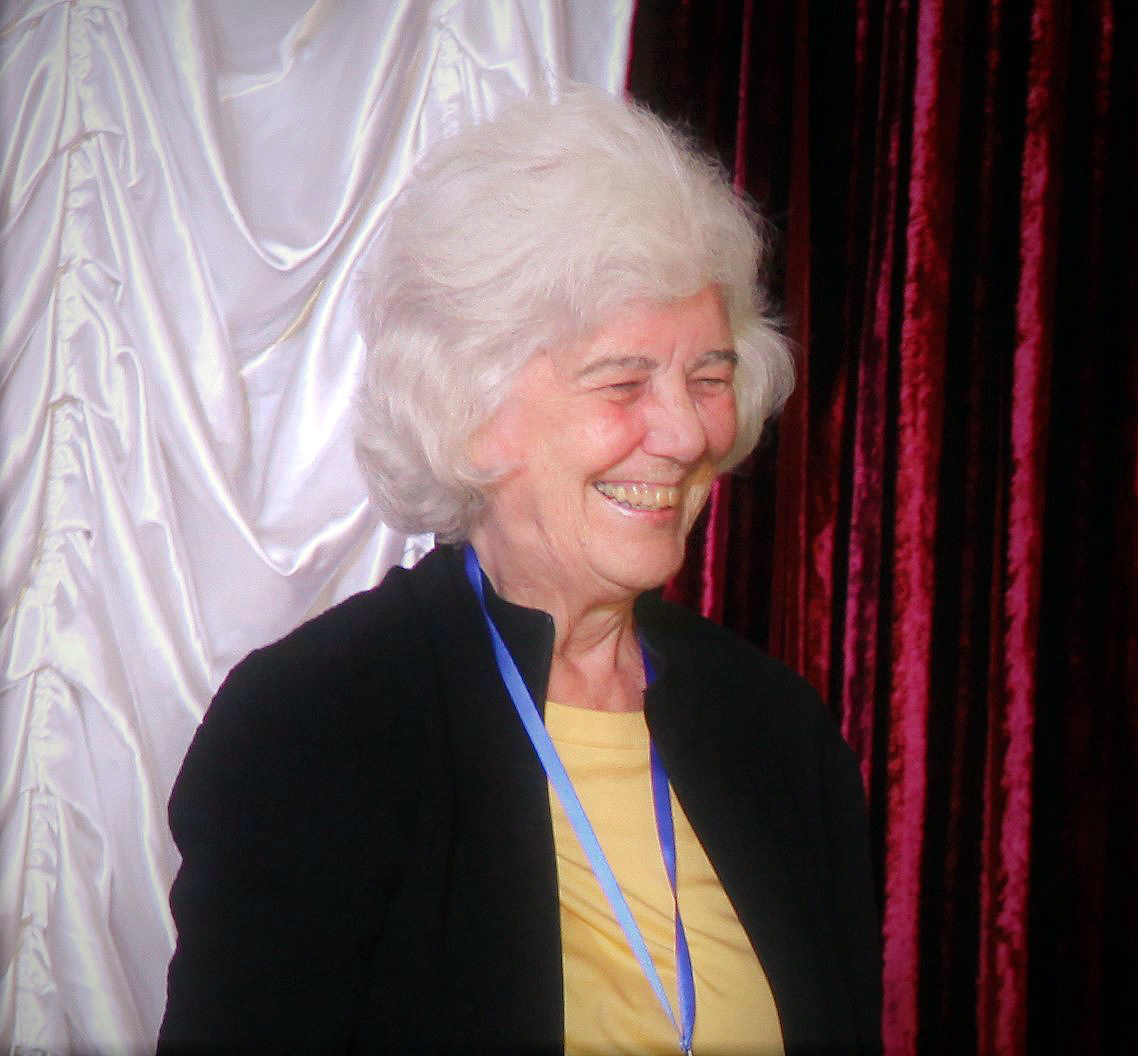It is with the deepest regret that we share the news that He Kunyu, a field archaeologist and zooarchaeologist from the Chengdu City Institute of Archaeology and Cultural Relics passed away at 13:40 on December 29, 2021 in his hometown in Rucheng County, Chenzhou City, Hunan Province, at the age of 41 following a thre
SEAA News Blog: Obituary
A personal tribute to Sarah Nelson
Gina L. Barnes
Sarah Milledge Nelson (1931–2020) reached the ripe old age of 88 and a half before she succumbed to the long-standing leukemia and late developing kidney problems that led to her death on April 27th. These did not keep her from attending a conference in Germany in January where we last met – I have never known anyone more adventurous and ready to travel. She admitted that her family motto was “Why not? … especially if the question has ‘go’ in it”!
Sarah put enormous amounts of energy into her chosen fields of, first, Korean archaeology, then northeastern Chinese archaeology, and finally into gender studies. In the first two, she has been a path-breaker, treading where few Western women were allowed to go. In the latter, she was a pioneer in challenging patriarchical organization of archaeology, publishing, and fieldwork through her entire career, culminating in her book on Shamans, Queens, and Figurines cited below. For those who want to hear about her life in her words, she gives extensive autobiographical contexts for each stage of her research in this book; they are an eye-opener to the hurdles she had to overcome in becoming one of the foremost East Asian archaeology scholars today. Moreover, they illustrate how serendipitous the development of research can be, where barriers and opportunities crop up in unexpected quarters – a good lesson for beginning students. I wish more of us would be as brave as Sarah to write about our career experiences, warts and all; they form important contexts for and constraints on the development of our thinking.


